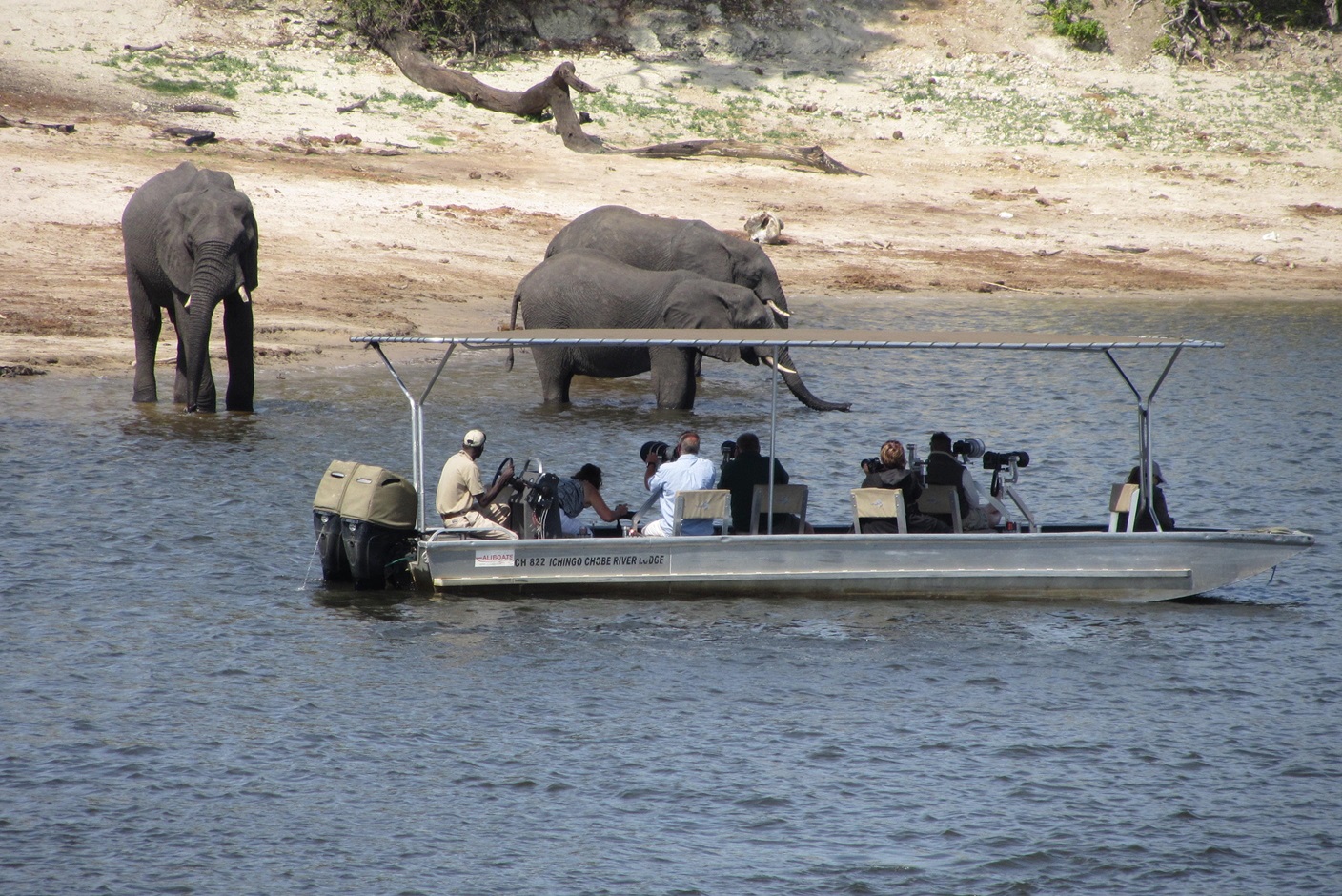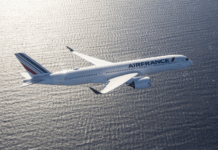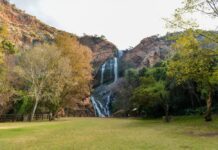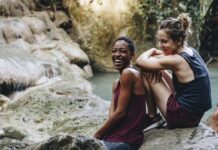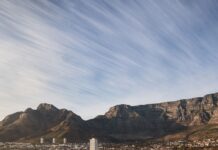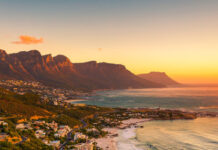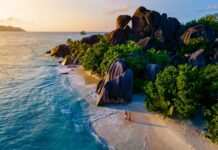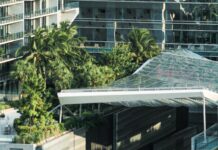Master mobile wildlife photography with these handy techniques using just your phone’s camera. An expert photographer weighs in – yes, it’s possible.
Heading off on your annual bush break? While spotting game is a thrill in itself, capturing those magical moments as photographs lets you relive them again and again.
Perhaps you’re on a river safari, cruising along the Chobe River on the majestic Zambezi Queen? This unspoilt wilderness region of the Chobe is one of Africa’s most idyllic spots to capture snaps of wildlife in their natural habitat, with few other people around.
The Chobe National Park boasts the largest concentration of elephants on the continent – plus, the area is home to more than 450 species of birds, so birdwatchers are in for a treat, too. Elephants drinking at the river’s edge, hippos gliding through calm waters, colourful and rare birds flocking overhead – indeed, the Chobe River region is a wildlife and nature photographer’s paradise.
Wherever you are on safari, the good news is you don’t require heavy and expensive camera equipment to take professional-quality photos. With a few handy tips and techniques, your mobile phone could be all you need to document your safari adventure.
Mobile cameras have advanced tremendously in recent years. With high megapixel counts, portrait modes, optical zoom capabilities, and enhanced sensors, smartphone cameras now provide image quality approaching that of DSLRs. And you always have a camera at the ready, right in your pocket.
Here’s how to ensure your safari photos stand out – whether you’re an aspiring photographer or simply capturing holiday memories.
5 tips to take the best photos with your phone
- Get to know your camera
The key to getting the best shots is understanding your phone’s camera settings. Adjust ISO for low-light situations, white balance for colour accuracy, and exposure compensation to avoid overly bright or dark images. Use different shooting modes like panorama, slow motion, or timelapse for creative effects. Know your camera’s aperture size, sensor capabilities, and megapixels to predict image quality.
- Get some help
Consider downloading helpful photography apps like Snapseed, Lightroom, or Camera+ to expand possibilities.
“The diverse wildlife makes the Chobe River region one of Africa’s best locations for photography,” says Kate Powell, General Manager, Sales and Marketing for the Zambezi Queen Collection of properties, which operates boutique houseboats, such as the luxurious Zambezi Queen, intimate Chobe Princesses and a popular tented lodge, Ichingo Chobe River Lodge, in the Chobe River region.
“With a mobile phone, anyone can easily capture lasting memories of this incredible experience; photos that can then be easily shared on social media, Whatsapp, etc with family and friends. There are also so many handy apps and phone tricks to really up your photography game.
For guests with SLR cameras, be sure to book a spot on our custom-designed photographic boat. The boat accommodates up to six passengers and is designed to give you greater stability and 360-degree views for a broader range of subject matter. Every seat is equipped with a mounting for resting SLR cameras. Our experienced safari guide will happily assist in snapping that perfect shot!”
- The nitty gritty
Don’t forget that simple habits make a difference, like cleaning your lens before shooting – dust or smears can ruin images. It’s a good idea to always carry microfibre cloths or lens wipes. Then, to save phone battery and storage, turn off Bluetooth and Wi-Fi when not needed (you don’t need to be connected out in the bush!), close background apps, and transfer images to a backup drive periodically. A portable charger pack also provides peace of mind for all-day shooting, although your device can also be charged in your room onboard one of the houseboats as well as at the lodge before heading out on the tender boat.
- Shoot like a pro: Composition tips
The golden hours after sunrise and before sunset are perfect for capturing wildlife scenes; the soft, warm light creates beautiful shadows and colours.
“A general rule if photographing animals and people is focusing on the eyes,” advises renowned professional photographer Andrew Morgan, based in Cape Town. “For landscapes, it’s good to focus one-third of the way into the scene. More of the scene will remain focused behind the image than in front, so focussing a third in will give you a good balance.”
Patience is also key when it comes to spontaneous wildlife encounters. Resist using digital zoom, which decreases image quality. Instead, crop tightly later. For sharper photos, brace against something steady, use phone tripods or camera triggers, and switch on stabilisation modes.
- Editing elevates images
Morgan recommends quick post-processing tweaks to take your photos to the next level.
“The digital darkroom is just as important as a film photographer processing their film. You need to tweak the colours, contrast, and even crop to get the best out of your image to make it as close to how you saw the scene at the time as possible,” says Morgan.
Immortalise your African adventure
Use these handy tips to optimise your photography during your next safari or wildlife getaway. With a little practice beforehand and an inspirational setting, you’ll snap unforgettable photos to share on social media and enjoy long after you’ve returned home.
Glossary of key photography terms
Aperture: The opening in a camera lens that controls how much light passes through to the camera sensor. Wider apertures (lower f-stop numbers) allow more light in but result in a shallower depth of field.
DSLR: Digital single-lens reflex camera. A digital camera that uses a mirror system and prism allows the photographer to view directly through the lens.
Depth of field: The area in front of and behind the focus point that appears sharp. Using a wider aperture gives a more shallow depth of field.
Exposure: The amount of light allowed to reach the camera sensor. Exposure is controlled by adjusting the aperture, shutter speed and ISO.
ISO: Camera setting that controls light sensitivity. Higher ISO settings are better for low light but can create noisy images.
Shutter speed: Controls how long the camera sensor is exposed to light. Faster speeds help freeze action, while slow shutter speeds allow more light in.
White balance: Camera setting that adjusts colour cast, ensuring white objects appear white under different lighting conditions.
Article Provided


